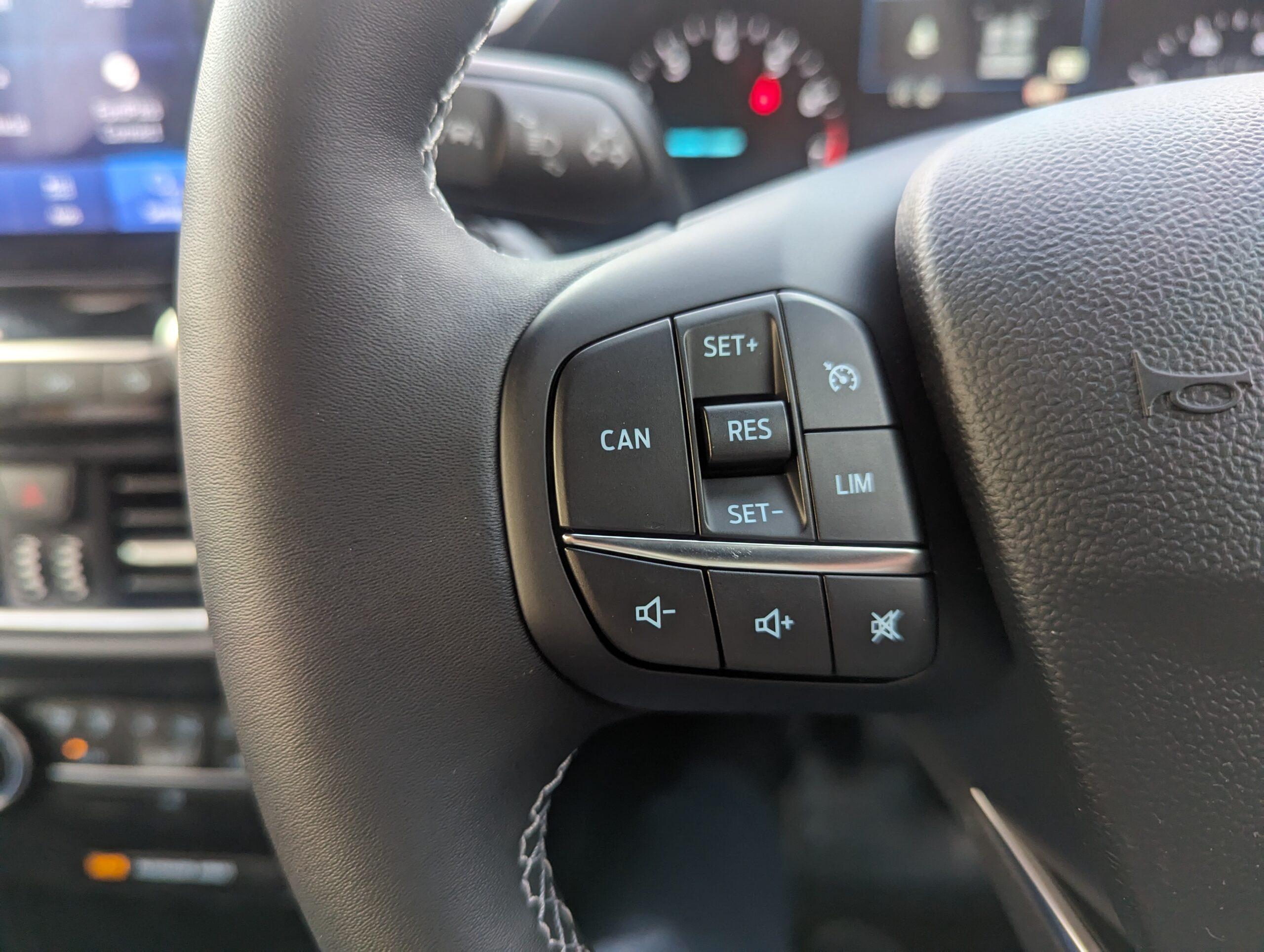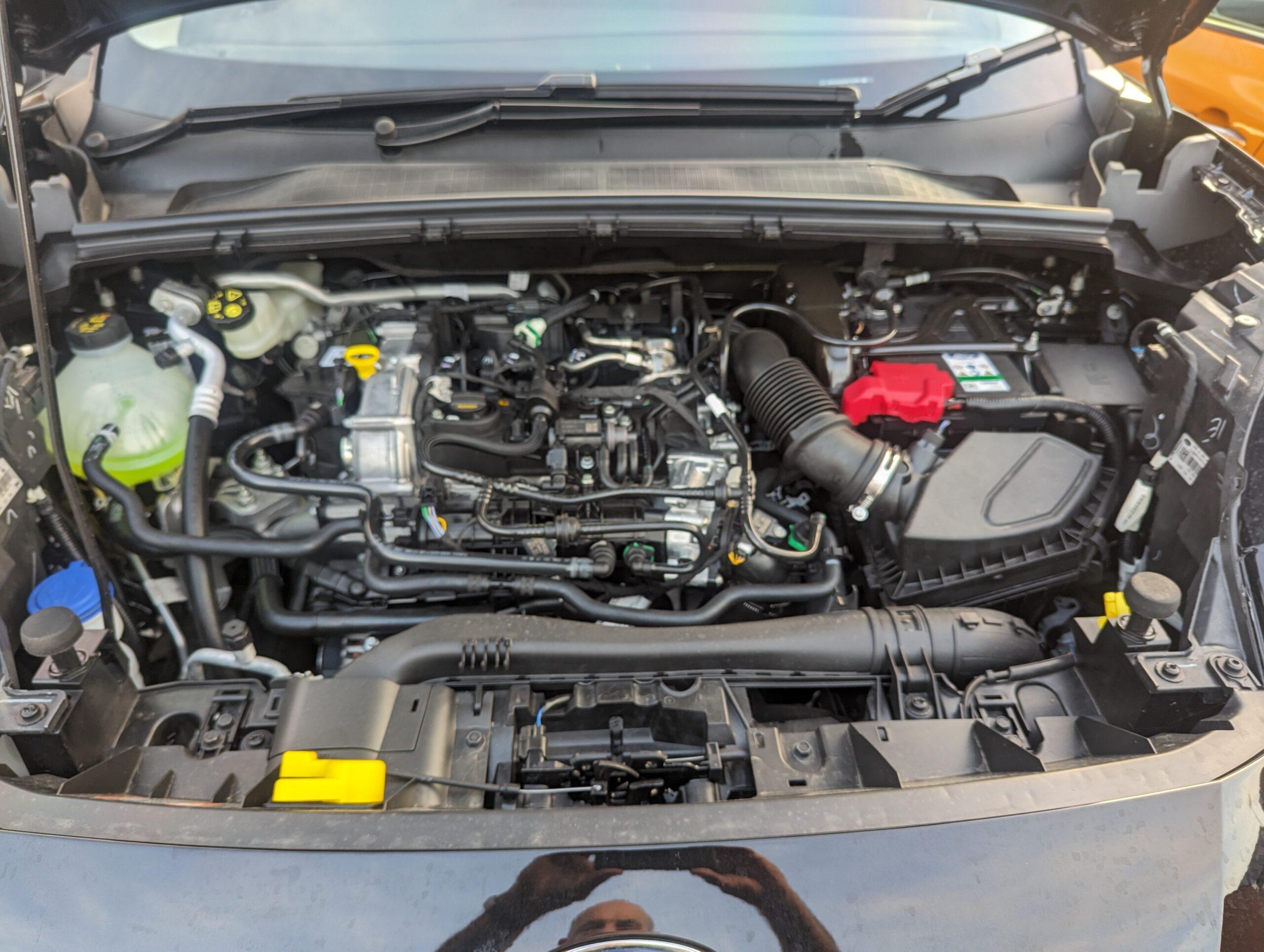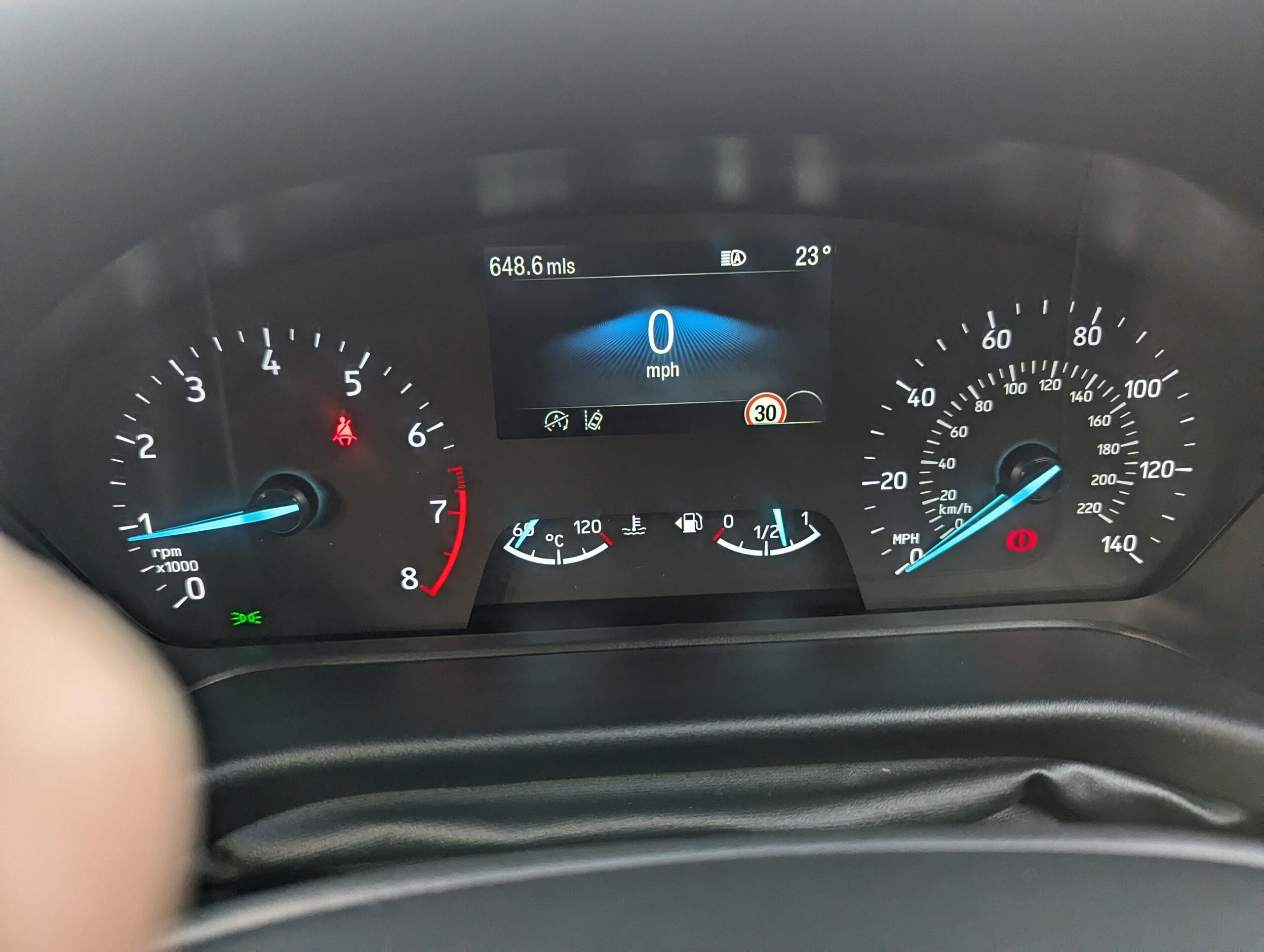Eco-driving refers to a set of driving practices and behaviors aimed at improving fuel efficiency, reducing emissions, and promoting safer and more economical vehicle use. The main goals of eco-driving are to minimize the environmental impact of driving and to save money on fuel costs. Key principles of eco-driving include:
- Smooth Acceleration and Braking: Accelerate gently and anticipate stops to avoid sudden braking. This helps reduce fuel consumption and wear and tear on the vehicle.
- Maintaining a Steady Speed: Keeping a consistent speed, especially when driving on highways, improves fuel efficiency. Using cruise control can help maintain a steady speed.
- Optimal Gear Use: Shifting to higher gears early can reduce engine load and fuel consumption. For manual transmissions, changing gears smoothly and at the right time is crucial.
- Reducing Idling: Turning off the engine when stationary for more than a minute can save fuel. Modern cars often come with start-stop systems that automatically do this.
- Proper Vehicle Maintenance: Keeping the vehicle well-maintained, including regular oil changes, air filter replacements, and tire pressure checks, ensures it runs efficiently.
- Reducing Load and Drag: Removing unnecessary weight from the vehicle and minimizing aerodynamic drag (e.g., by removing roof racks when not in use) can improve fuel economy.
- Planning Ahead: Combining trips and planning routes to avoid traffic congestion and excessive stop-and-go driving can save fuel.
- Moderate Use of Air Conditioning: Using air conditioning sparingly, especially at lower speeds, can help save fuel. At higher speeds, keeping windows closed and using the car’s ventilation system is often more efficient.
- Driving Within Speed Limits: Driving at or just below the speed limit is not only safer but also more fuel-efficient. Fuel consumption tends to increase significantly at higher speeds.
Adopting these eco-driving techniques can lead to substantial savings in fuel costs and a reduction in greenhouse gas emissions, contributing to a more sustainable and environmentally friendly way of driving.


